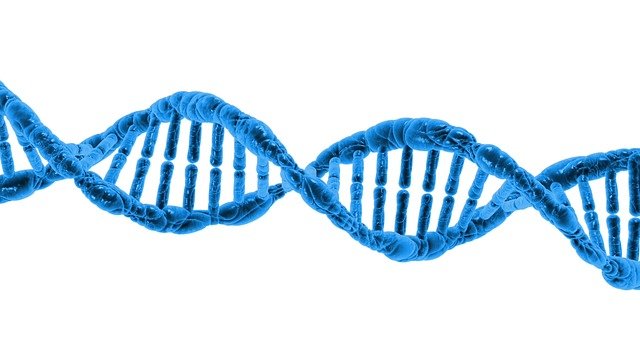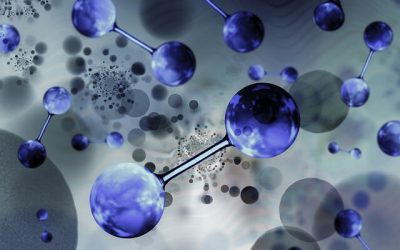Regardless of the route of spread of the tumor, the state of the extracellular matrix plays a key role in this process. Speaking about the cellular structure of the human body, we, as a rule, imagine dense rows of cells, stacked one to one, like bricks in a masonry. However, in fact, in most tissues of our body, with the exception of muscle and epithelial cells, the cells are located rather loosely. It is the substance of the extracellular matrix that “sticks” them together, allowing the body to function as a whole. Unlike plant and bacterial cells, which have a dense cell wall, human cells are soft sacs filled with cytoplasm.
Structurally, it may well be considered our “second skeleton”. Under the microscope, the matrix looks like a dense network of fibers that encircle cells, the space between which is filled with extracellular fluid.
The main structural protein of the extracellular matrix is collagen (or rather, collagens, this is a group of proteins). Collagen provides structural support for cells, makes tissues firm and resilient.
Equally important is its partner – the protein elastin, which, on the contrary, makes the tissue more elastic and extensible and is present where this extensibility is most needed (for example, in the ligaments and walls of arteries). The balance of collagen and elastin fibers determines the main mechanical properties of a particular tissue, of an organ, but, in addition to them, many other biomolecules are present in the matrix.
Many proteins of the extracellular matrix are highly glycosylated, which means that the amino acids that make up their composition form chemical bonds with a variety of carbohydrates (sugars).
Moreover, the mass of carbohydrates in a mature molecule of such a protein can reach 90–95%, while the actual amino acid residues will account for only 5–10%. These proteins are called proteoglycans.
The most important non-protein component of the matrix is hyaluronic acid, renowned for its unique ability to bind large numbers of water molecules. It is this molecule that provides the elasticity of our skin and other tissues. Hyaluronic acid is widely used in cosmetology in the composition of nourishing creams and in the form of injections to fill wrinkles. The extracellular matrix actively interacts with the cells immersed in it.
Proteins – collagens and fibronectins – bind to membrane proteins by integrins and send a variety of signals to the cell prompting it to stop dividing, start moving, or even die. It is a dynamic, constantly renewing structure.
Special enzymes – matrix metalloproteinases (MMP) – carry out regular “sanitary cuttings” in the collagen “forest”, and new components of the matrix, instead of old ones, are synthesized by fibroblasts.
In a malignant tumor, the normal structure of the extracellular matrix is disrupted. It becomes looser, ceases to hold cells together and limit their ability to divide. It is the change in the properties of the extracellular matrix that largely distinguishes malignant tumors from benign ones and determines the ability of cancer cells to metastasize. To modify the environment to suit their needs, cancer cells take control of connective tissue cells – fibroblasts.
The normal function of fibroblasts is to control the state of the extracellular matrix, break down old collagen and elastin fibers (proteins also “age”) and synthesize new ones. However, in cancer, these cells are “reprogrammed” by the tumor to serve its needs.
Cancer cells literally “tame” fibroblasts, releasing special substances, so that they can then be used as “dairy cows”. Submitting to the tumor, the cells of the connective tissue begin to release valuable nutrients into the environment, such as glutamate and ketone bodies, literally “feeding” their malignant neighbors. Having abandoned their normal functions, fibroblasts increase the production of growth factors, which stimulate the division of cancer cells and the germination of new vessels, and after the tumor has grown sufficiently, they ensure its spread throughout the body.
Fibroblasts serve as a kind of “conductors” of tumor cells, building their way in the collagen matrix in much the same way as the first skier walking on virgin snow paves the track for the next group. Only the followers in this case are migrating cancer cells, and they migrate after the fibroblasts not one by one, but in whole colonies.
It is tumor fibroblasts that are the main source of the TGFβ protein, which activates the epithelial-mesenchymal transition of cancer cells, as a result of which they acquire mobility.
Thus, the versatile help from healthy, untransformed cells contributes to the spread of cancer throughout the body.




